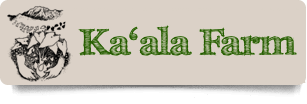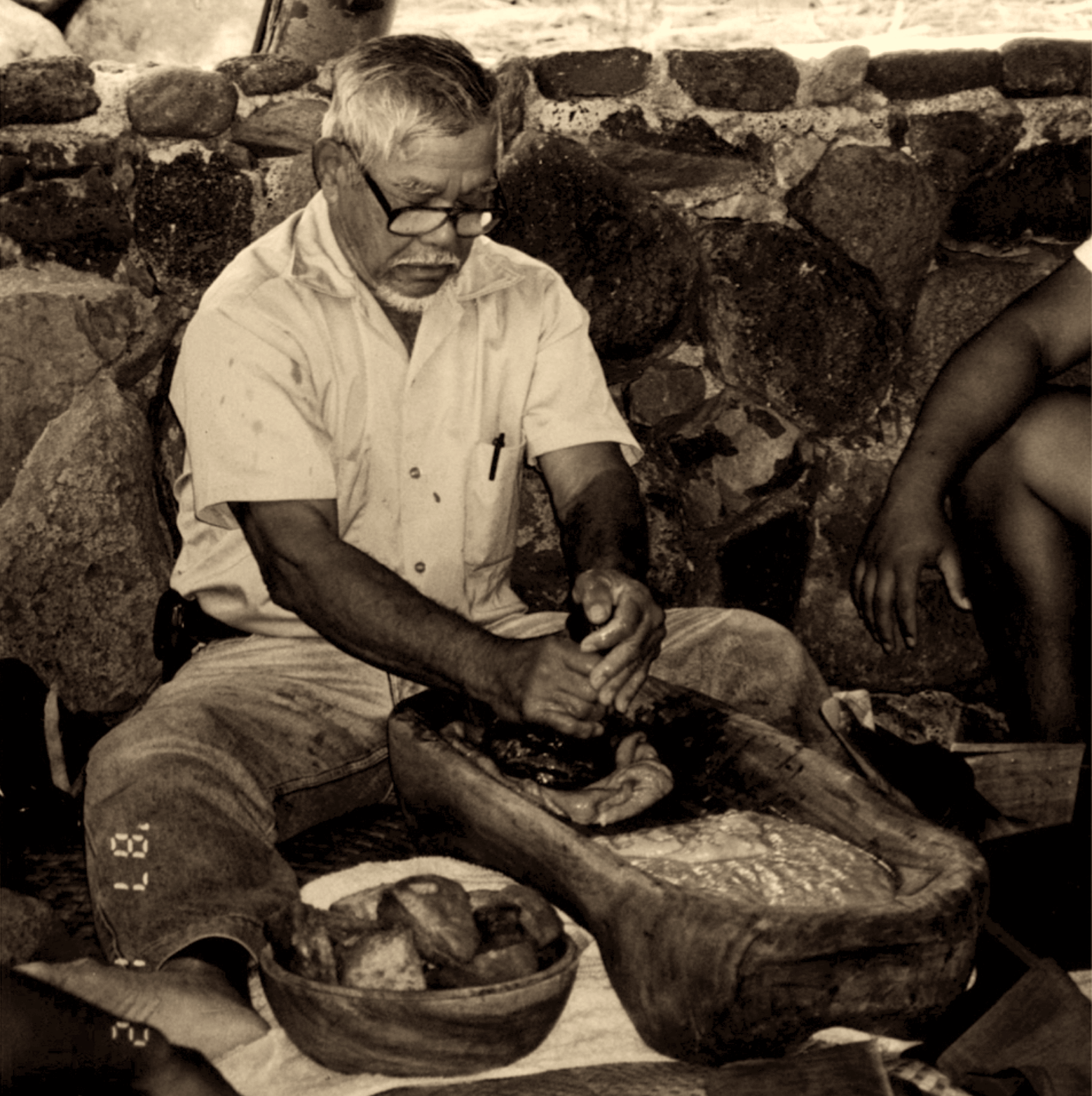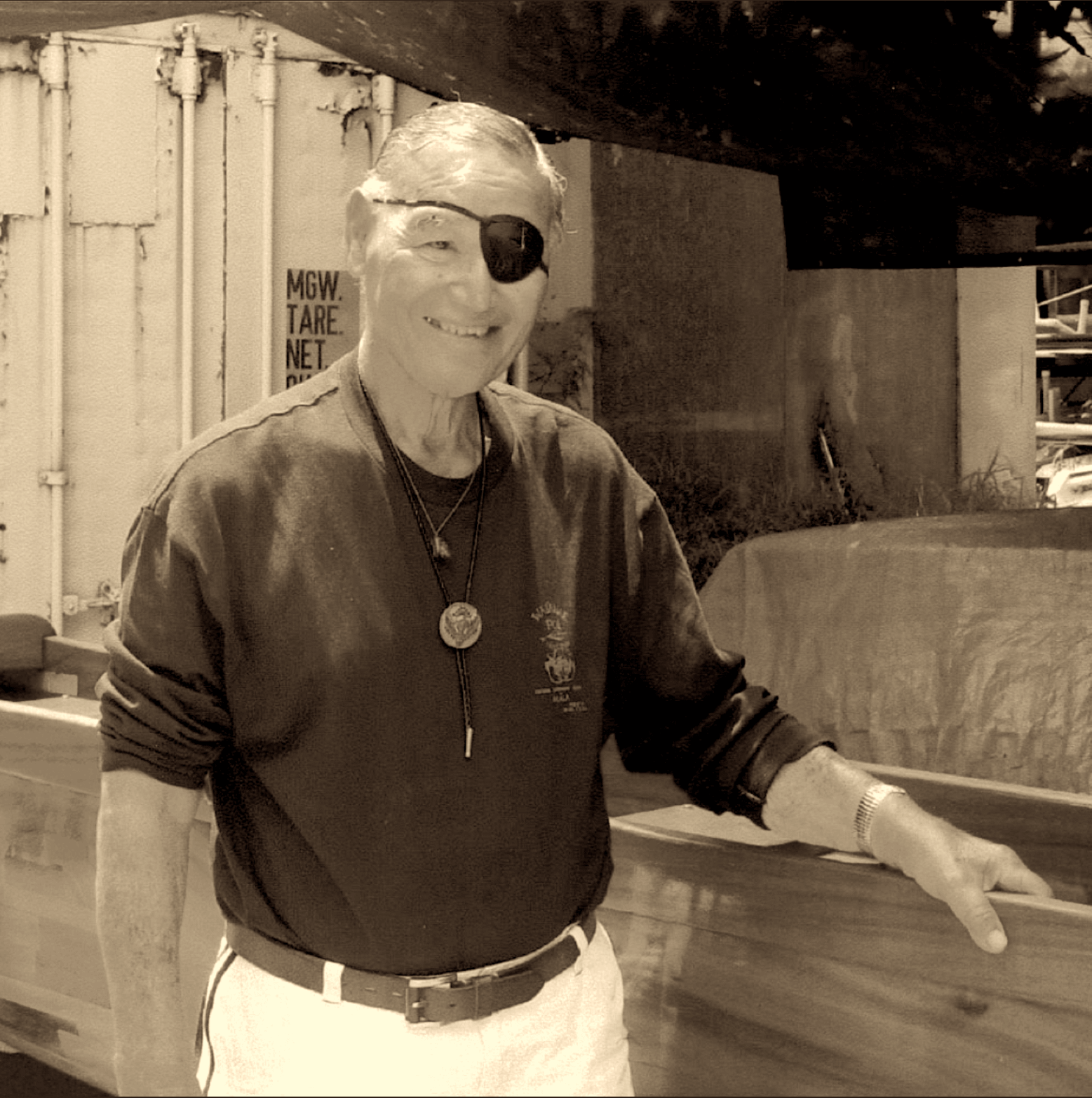Moʻokūʻauhau
Our Lineage
Without the hard work, dedication, and vision of our kūpuna, Kaʻala Farm would not be possible. Here, we would like to acknowledge two incredible kūpuna kāne for laying the firm foundation upon which Kaʻala Farm stands today, and thank them for having the foresight to create a cultural kīpuka in which our heritage and traditions could be preserved and propagated. Through providing their expertise in lawaiʻa and mahi ʻai, they helped to provide an educational framework for Kaʻala Farm inclusive of every aspect of the traditional ahupuaʻa system, allowing children from the Waiʻanae moku and abroad to learn how ka poʻe kahiko were able to live a self sustainable lifestyle while maintaining a healthy balance with their natural environment. As Aunty Pualani Burgess once said,
"If you plan for one year, plant kalo.
If you plan for ten years, plant koa.
If you plan for a hundred years, teach the children aloha ʻāina."
E nā kūpuna, mahalo nui for teaching us to aloha ʻāina.
Uncle Eddie Kaʻanāʻanā
Uncle Eddie Kaʻanāʻanā was born in 1925 in Honolulu on the Island of Oʻahu, and while still an infant, he was taken to be raised with his grandparents between the districts of Hoʻopuloa and Miloliʻi on the island of Hawaiʻi. He was only a year old when the 1926 Hoʻopuloa eruption flowed from Maunaloa. Uncle Eddie became known for using the loʻi (the taro patch) to teach traditional Hawaiian values about the environment. Eventually, he worked with UH students as a manaleo, native speaker, and created a curriculum for teaching taro cultivation. He served as the kupuna at Anuenue School, a Hawaiian immersion school in Palolo. He advised faculty on cultural and protocol issues. He served as an adviser to several cultural organizations including Bishop Museum, the UH Hawaiian studies department, the statewide Taro Farmers' Association and other groups, including Kaʻala Farm.
Uncle Walter Keliʻiokekai Paulo
Uncle Walter Keliʻiokekai Paulo was born in 1923 in Kealia, Kona, near Hoʻokena, on the island of Hawaiʻi. He would later, reside with his family in the fishing village of Miloliʻi. He was an internationally recognized authority on traditional and contemporary fishing methods and spent several years in Third World countries educating people on Hawaiian fishing techniques. He was a consultant in the establishment of an aquaculture project that grew into the Waiʻanae Coast Community Alternative Development Corp., and aboard the research vessel Charles H. Gilbert for the National Marine Fisheries Service. His traditional fishing methods were demonstrated in a documentary, "The Kupuna of Milolii."


